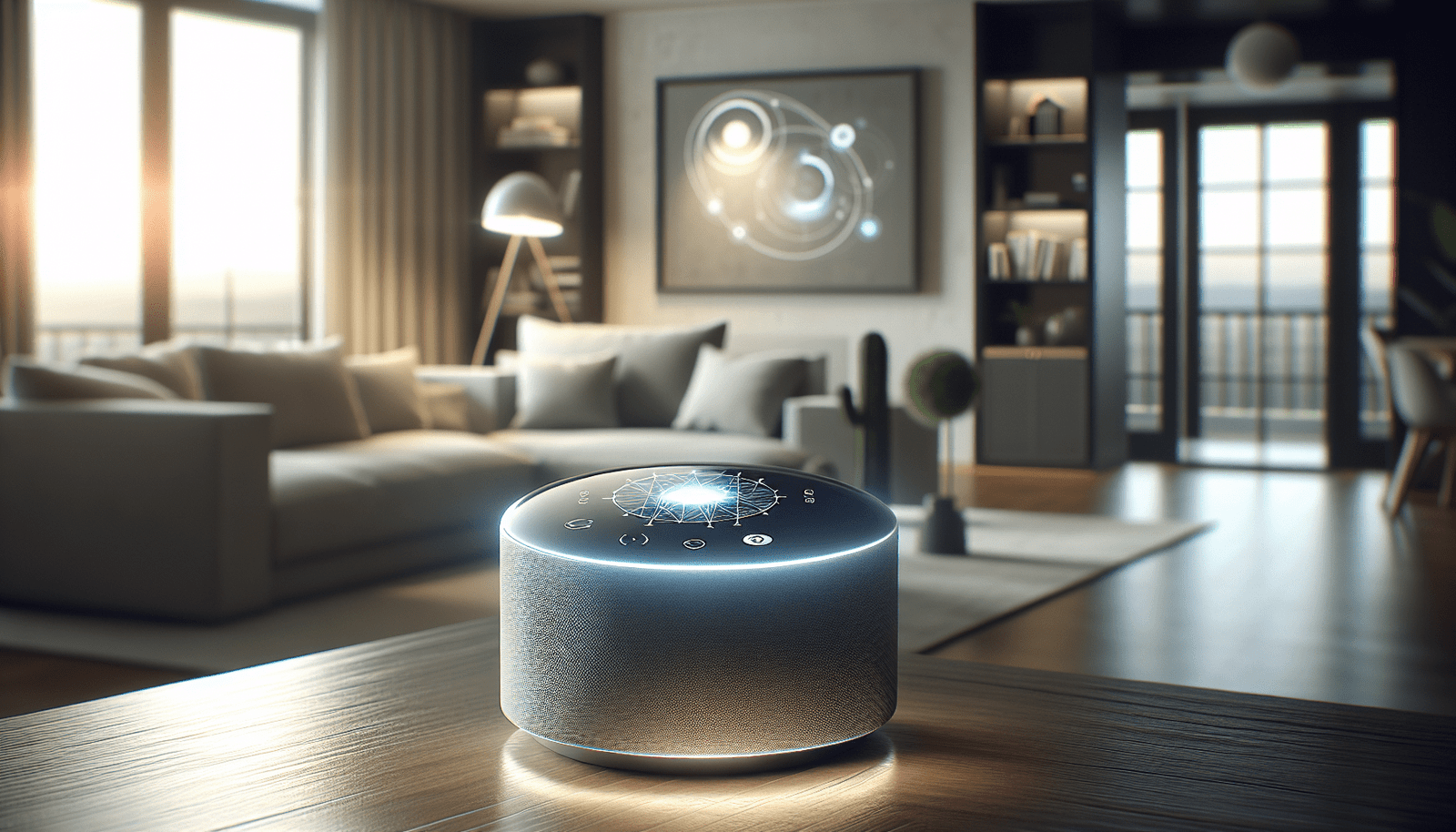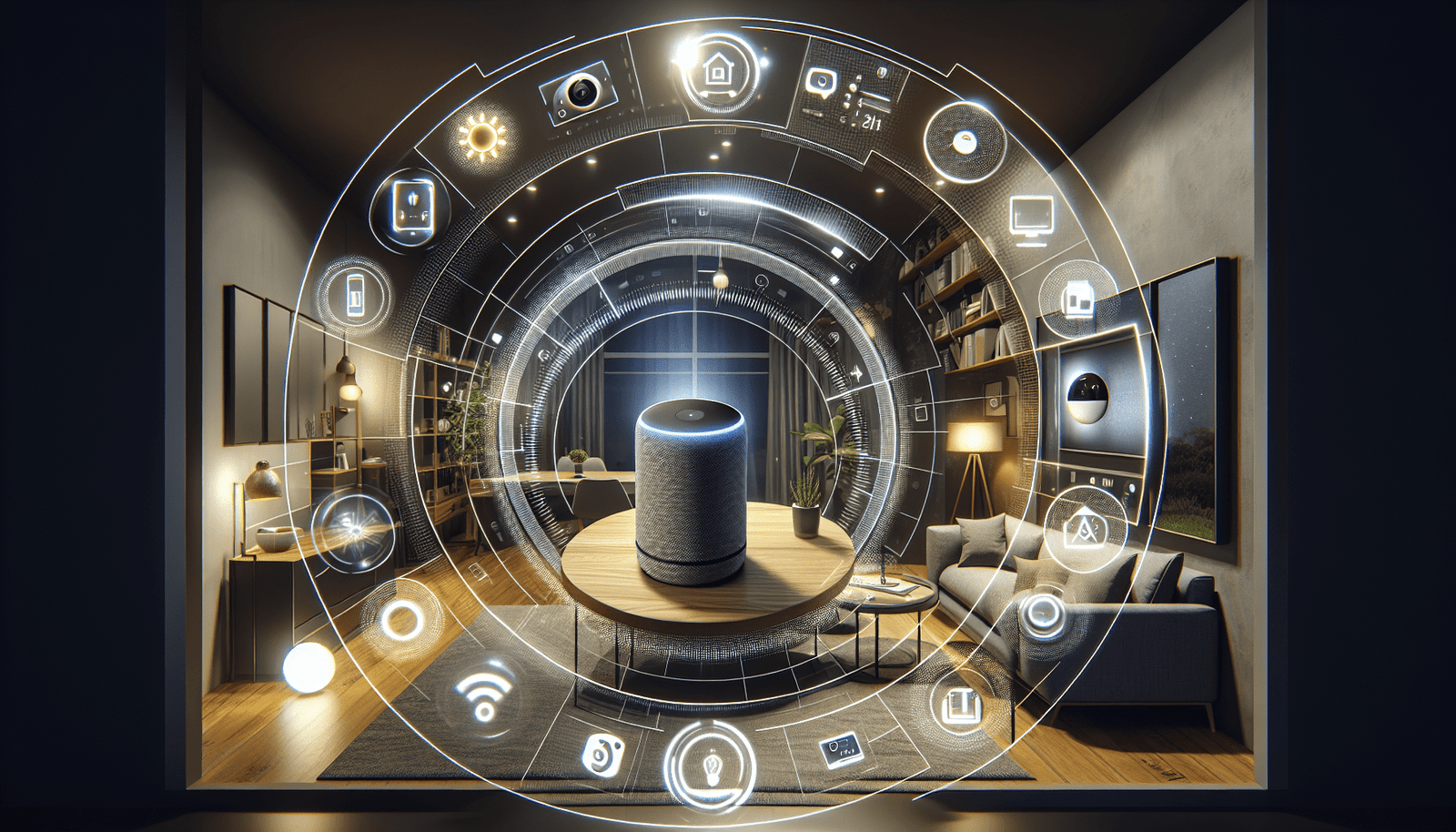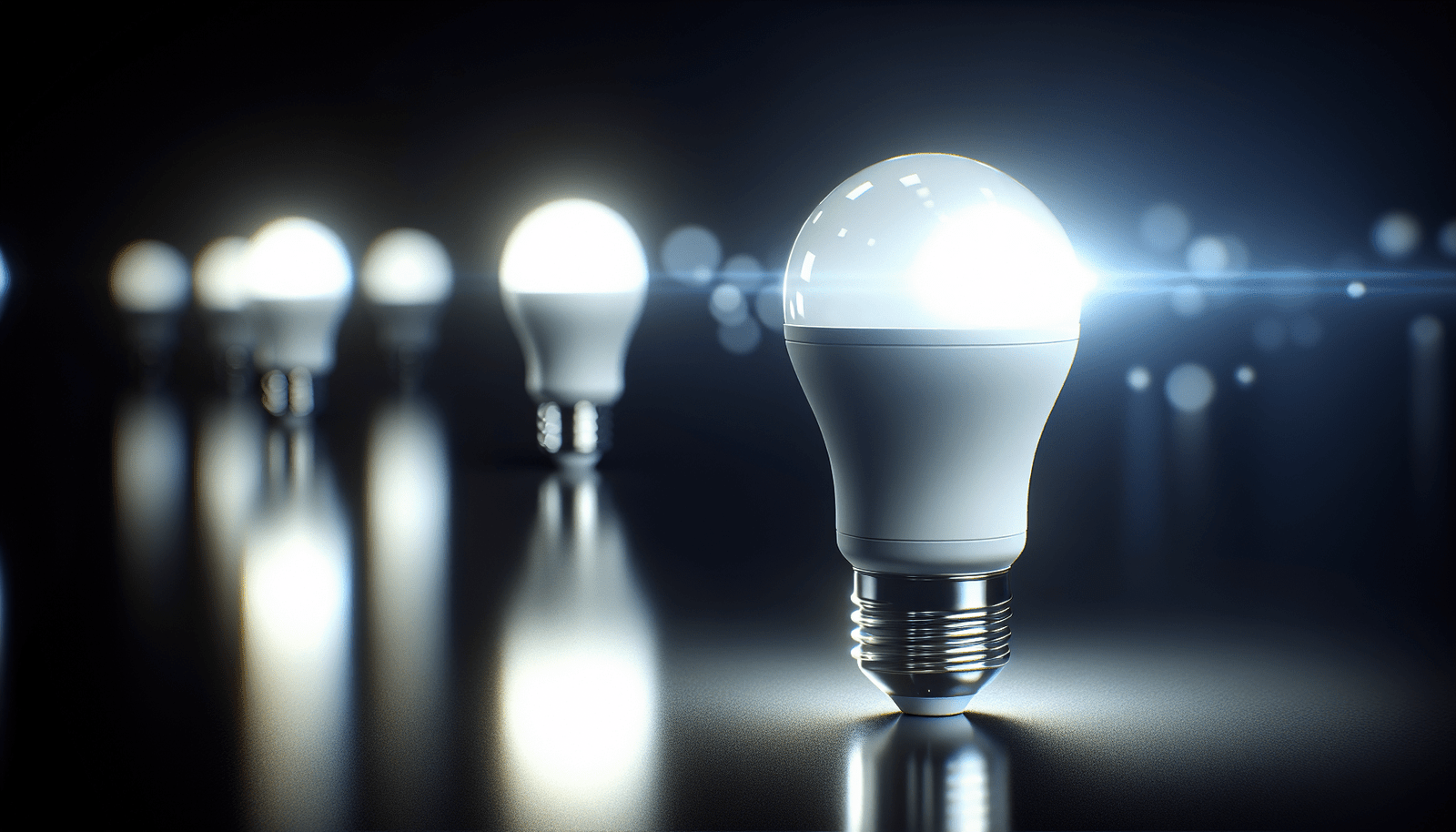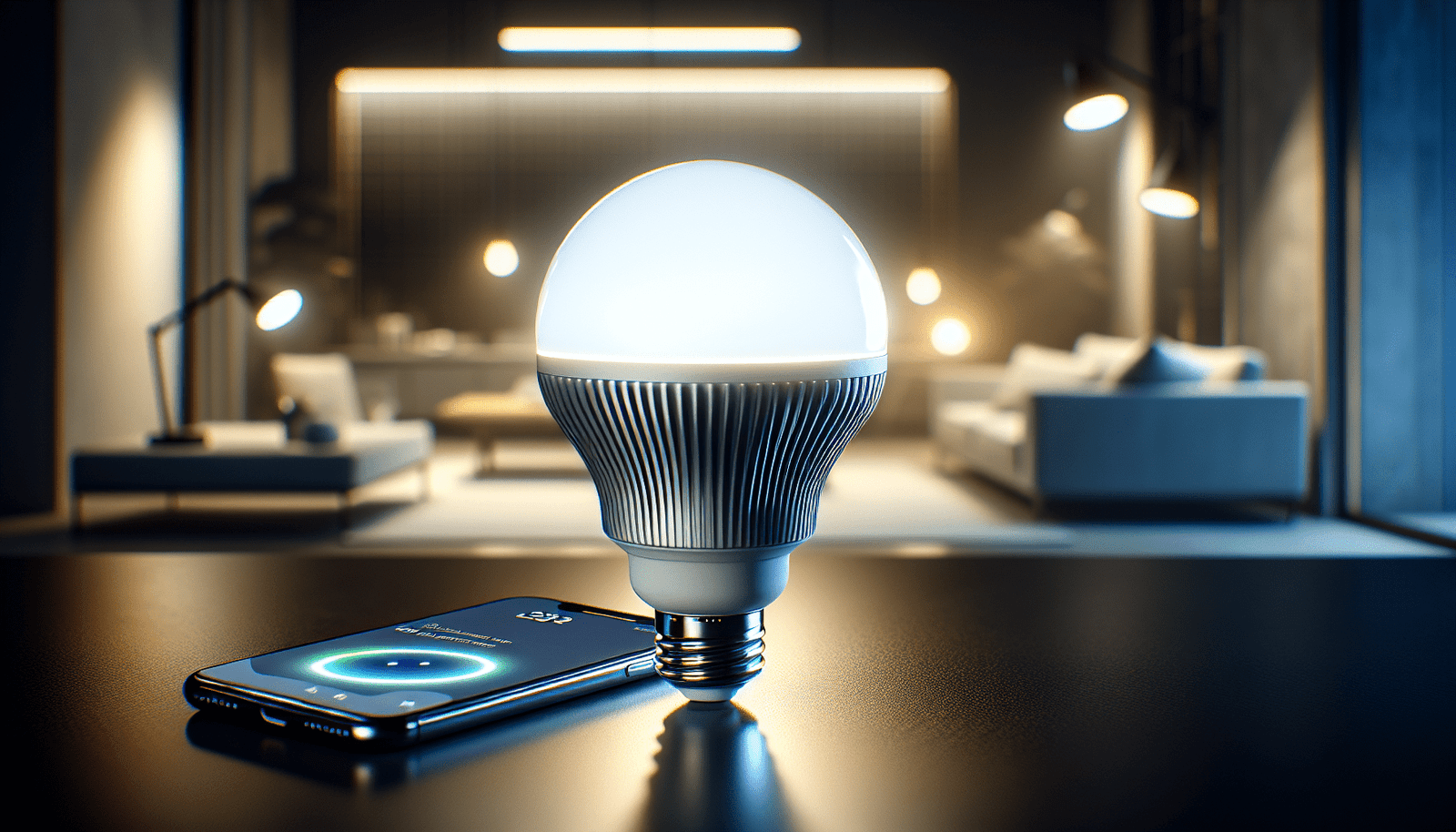Have you ever wondered how integrating smart home devices can transform the way you live? In today’s fast-paced world, creating a connected, efficient, and enjoyable living environment has never been more accessible. Whether you own a home, rent an apartment, are exploring the benefits of smart tech as a first-time buyer, or are a tech enthusiast, smart home devices can enhance your lifestyle in multiple ways. Let’s dive into how you can seamlessly integrate these devices into your home.
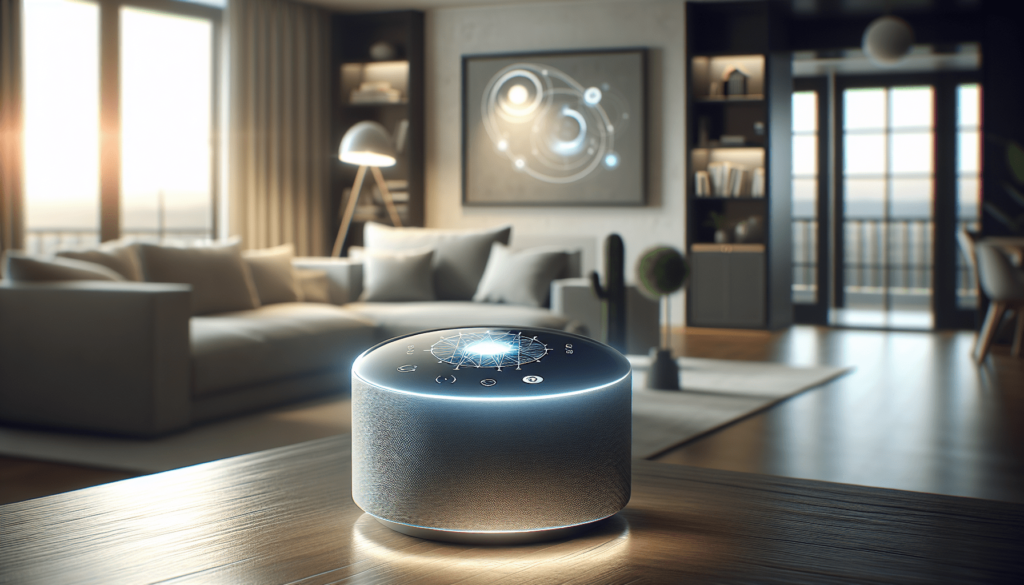
Understanding Smart Home Technology
The concept of a smart home revolves around utilizing internet-connected devices to enable the remote management and monitoring of systems and appliances. These can include lighting, heating, entertainment systems, and security, among others. The aim is to increase convenience, improve energy efficiency, and provide enhanced security within your living space.
Definition and Overview of Smart Home Devices
Smart home devices are electronic gadgets, equipment, or systems that communicate over a network, allowing you to control them remotely. These devices can range from smart lights that can change color on command, to advanced thermostats that learn your daily schedule and adjust temperatures accordingly. Understanding what each device does is the first step to effective integration.
The Advantages of Smart Home Living
The three primary advantages are convenience, efficiency, and security. With smart home devices, you can automate your environment to suit your daily routines, thereby reducing the need for manual intervention. Additionally, many devices provide insights into your energy use, helping to promote energy-saving habits, while smart security systems offer peace of mind through advanced surveillance and monitoring features.
Cost and Value Considerations
The initial setup of a smart home can require an investment, but it’s important to weigh these costs against the long-term value these devices offer.
Installation Costs and Return on Investment
The upfront costs of smart home devices can vary significantly based on the complexity and brand of the products you choose. Devices that offer substantial energy savings, such as smart thermostats or lighting, often lead to lower utility bills, improving the return on your investment. Additionally, homes equipped with smart devices can potentially see a rise in property value, which can be attractive for real estate investors.
Long-Term Savings and Efficiencies
Many smart home devices are designed to be energy efficient, potentially leading to significant savings over time. For example, a smart thermostat can reduce your heating and cooling bills by learning your habits and adjusting temperatures accordingly, while smart lights can be scheduled to turn off automatically, thus saving electricity.
Comparing Different Smart Home Solutions
Selecting the right smart home solutions can be daunting with the multitude of options available. Comparing their features and functionalities can help you make informed decisions.
Real-World Use Cases of Smart Devices
Imagine waking up to soothing music and the perfect lighting ambiance, all automated by your voice command the night before. smart home technology can provide such experiences, among many others.
Comparing Features and Benefits
To guide you in making confident choices, here’s a comparative table highlighting some smart devices:
| Device Category | Example Products | Unique Features | Average Cost |
|---|---|---|---|
| Smart Lighting | Philips Hue, LIFX | Color changing, remote control | $50 per bulb |
| Smart Thermostats | Nest, Ecobee | Auto-scheduling, energy reports | $200 |
| Smart Security | Ring, Arlo | Motion detection, video recording | $100+ |
Practical Setup Guides
Implementing smart home devices can be easier than you might think. With a practical approach, you can integrate these technologies seamlessly into your space.
Step-by-Step Instructions for Installation
-
Choosing the Right Platform: Decide on a central hub (such as Amazon Echo, Google Home, or Apple HomeKit) that can communicate with your devices.
-
Device Pairing: Follow device-specific instructions to pair each component with the central hub or through dedicated apps.
-
Customizing Settings: Fine-tune the device settings to tailor the features according to your preferences, such as setting schedules or voice commands.
Maintaining Your Smart Home Ecosystem
Regular updates and maintenance check-ups can ensure devices continue to function optimally. Make sure to update software and apps to take advantage of new features and security patches.
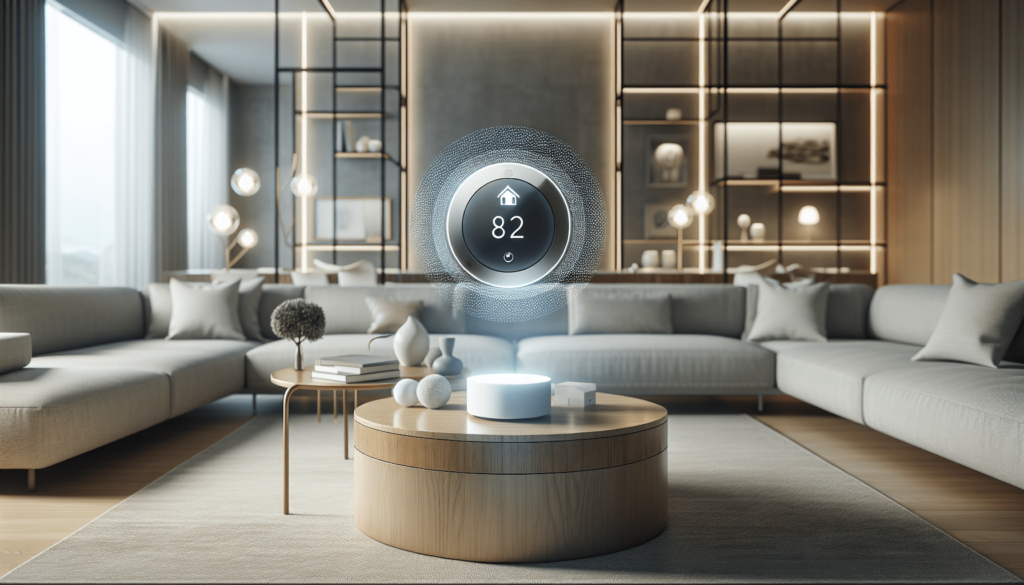
Security and Privacy Factors
As exciting as smart home technology is, it’s crucial to consider the security and privacy aspects during integration.
Understanding Potential Risks
While smart devices enhance convenience, they can also pose security risks, such as unauthorized access or data breaches. It’s essential to choose devices from reputable manufacturers and regularly update passwords and software.
Best Practices for Security
- Regular Software Updates: Keep devices updated to protect against vulnerabilities.
- Strong, Unique Passwords: Use strong passwords that combine letters, numbers, and symbols.
- Secure Networks: Encrypt your Wi-Fi network and consider setting up a guest network for visitors.
Energy Efficiency and Sustainability
Smart home devices contribute significantly to energy efficiency, enabling a more sustainable lifestyle.
How Smart Devices Reduce Energy Consumption
Devices like smart thermostats and energy-efficient lights are designed to adapt to your lifestyle, minimizing energy usage without compromising comfort. For instance, by only heating or cooling when needed, smart thermostats can reduce wastage.
Environmental Benefits of Smart Homes
By reducing energy consumption, smart homes can also help reduce your carbon footprint. Automated systems can substantially minimize the energy required for heating, lighting, and other utilities, leading to a more sustainable household.
Compatibility and Connectivity
Integrating devices across different ecosystems requires understanding their compatibility and connectivity.
How Smart Devices Interact
The majority of smart devices connect via Wi-Fi or Bluetooth, enabling seamless interaction. However, ensuring that your devices are compatible with each other and with the central hub is crucial for a harmonious environment.
Platforms, Hubs, and Voice Assistants
Choose a platform that fits your tech ecosystem. Whether you prefer Google Assistant, Amazon Alexa, or Apple HomeKit, aligning device compatibility with your chosen platform will enhance overall usability and efficiency.
Future-Proofing and Innovation
Smart home technology is rapidly evolving. Staying ahead means embracing innovation and preparing your home for future advancements.
Emerging Trends and Advancements
Innovations such as AI-driven home assistants, improved energy management systems, and enhanced interoperability among devices are paving the way for smarter homes. Keeping abreast of these developments can aid in future-proofing your smart home setup.
Preparing Your Home for Future Technologies
When planning for smart home devices, consider their readiness for future upgrades and compatibility with upcoming technologies. Investing in platforms that support expansion and updates ensures your home remains at the forefront of innovation.
By understanding the fundamentals, comparing costs and benefits, and considering security, energy efficiency, and compatibility, you can create a smart home that enhances your lifestyle while being mindful of future innovations. The journey towards a seamless living environment is not just about technology but improving your everyday experiences. Now, with this knowledge at your disposal, the potential for transforming your living space is at your fingertips, empowering you to enjoy the comforts and efficiencies of a fully integrated smart home.
